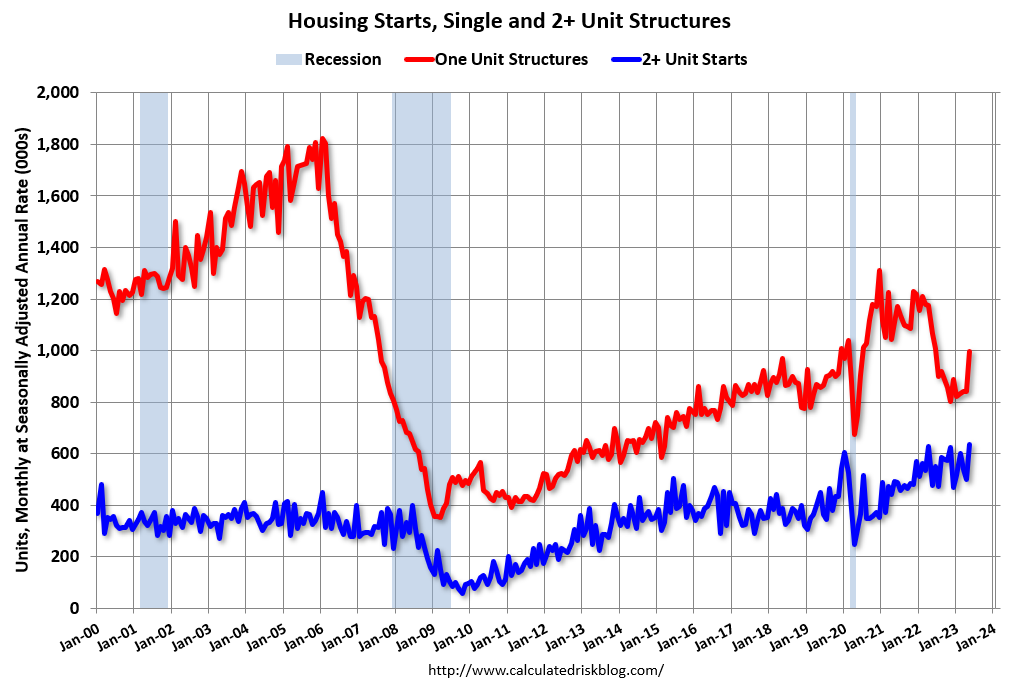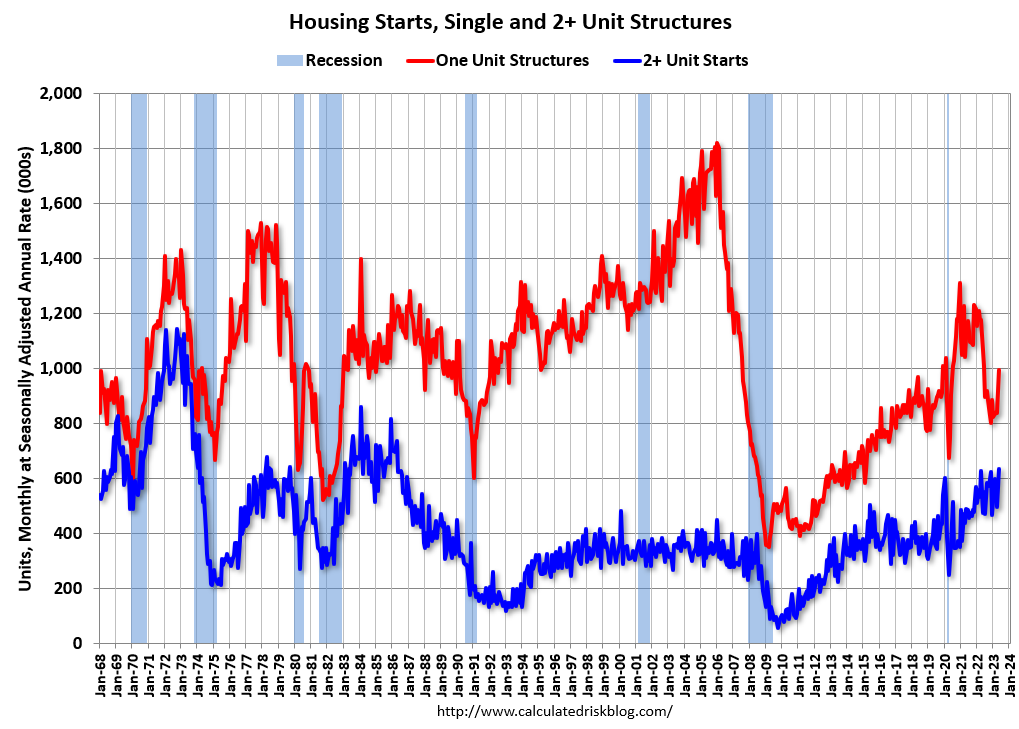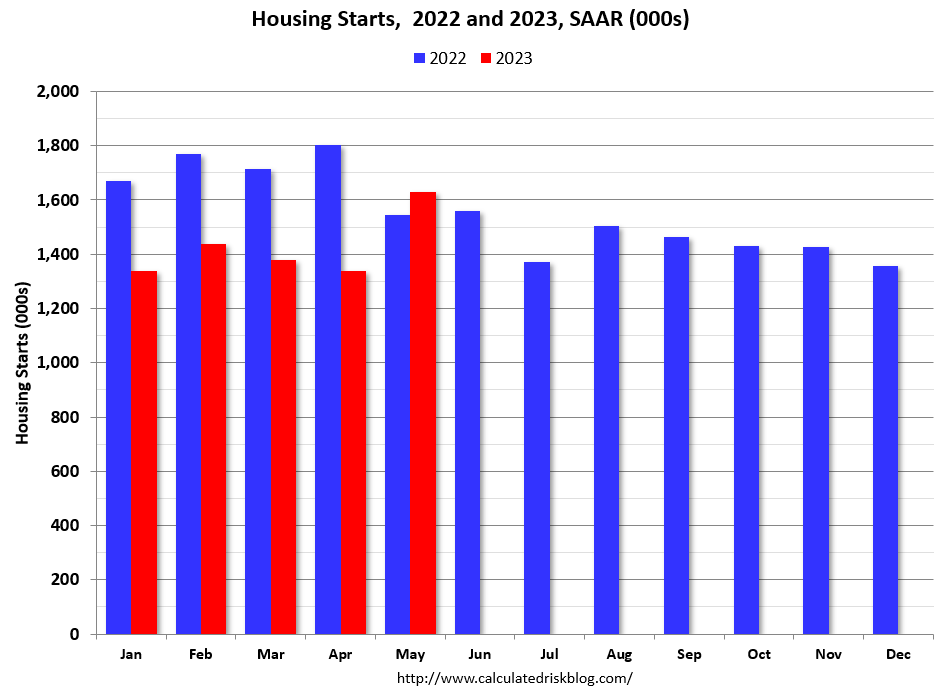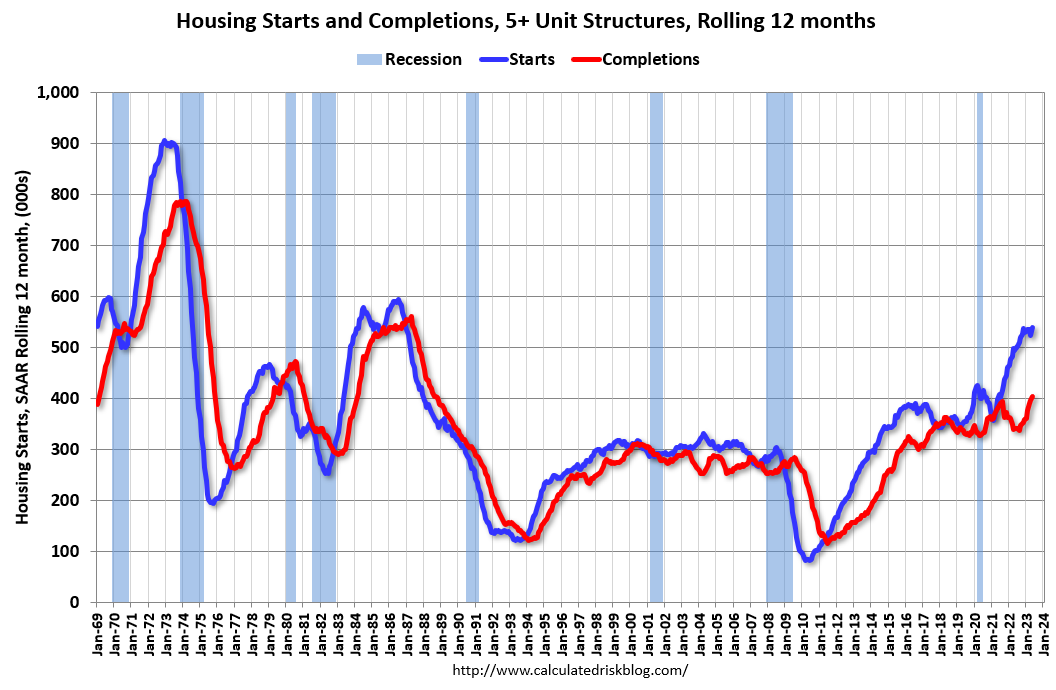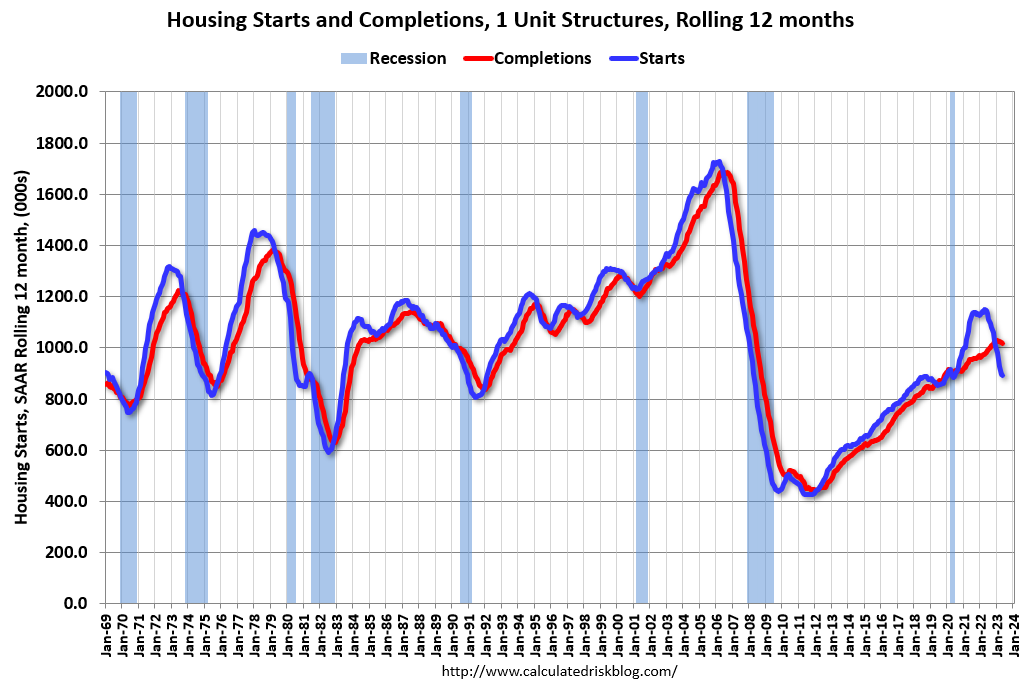Major Home-Ownership Expenses Consume One-Third of Average Wage; Historic Affordability Hits Low Point Since 2007; Affordability Declines as Median Home Price Spikes 10 Percent
ATTOM, a leading curator of land, property, and real estate data, today released its second-quarter 2023 U.S. Home Affordability Report showing that median-priced single-family homes and condos are less affordable in the second quarter of 2023 compared to historical averages in 98 percent of counties around the nation with enough data to analyze, continuing a pattern dating back to early 2022.
The report shows that affordability has worsened across the nation this quarter amid a renewed jump in home prices that has pushed the typical portion of average wages nationwide required for major home-ownership expenses up to 33 percent.
ATTOM Q2 2023 U.S. Home Affordability Report
The latest portion is considered unaffordable by common lending standards, which call for a 28 percent debt-to-income ratio. It also marks the highest level since 2007 and remains well above the 25 percent figure from early in 2022, when a spike in home-mortgage rates had just begun to raise ownership costs.
The worsening picture facing home buyers reflects the second shift in the U.S. housing market in the past year, coming as the median single-family home price has shot up to a new record following three quarters of declines. Those declines strongly suggested an end to a decade-long boom period lasting from 2012 into the middle of 2022.
Nationwide, the median single-family home value has risen 10 percent from the first to the second quarter of 2023, to $350,000 – one of the biggest quarterly increases in the past decade. The second-quarter median sits 2 percent above the previous peak hit a year earlier before the market stalled and prices dropped.
This Spring’s price increases have helped to push the typical cost of major ownership expenses up far faster than wages, resulting in declining home affordability.
“The U.S. housing market has done an about-face following a downturn that threatened to usher in an extended period of flat or falling prices. With that has come another blow to how much house the average worker around the country can afford,” said Rob Barber, CEO for ATTOM. “Whether this is just a temporary blip amid this year’s peak buying season or a sign of another extended price surge is anyone’s guess. But any predictions of a market demise were certainly premature – and house hunters are feeling the pinch.”
The ongoing drop-off in affordability comes as multiple forces create an uncertain scenario that could push the U.S. housing market in decidedly different directions.
Home values have jumped at a time when mortgage rates have settled down below 7 percent after more than doubling last year, and the U.S. consumer-price inflation rate has dropped by more than half, to around 4 percent. The stock market has also shown gains recently. All that has put more buying power into the pockets of house hunters, pushing prices up and affordability down.
But that could easily change if a recent uptick in mortgage rates continue, the stock market cools down again or the economy falls into a recession, as some economists predict. The third quarter of 2023 will be a key barometer, given that the long market boom came to a halt during the same period last year.
This report determined affordability for average wage earners by calculating the amount of income needed to meet major monthly home ownership expenses — including mortgage payments, property taxes and insurance — on a median-priced single-family home, assuming a 20 percent down payment and a 28 percent maximum “front-end” debt-to-income ratio. That required income was then compared to annualized average weekly wage data from the Bureau of Labor Statistics (see full methodology below).
Compared to historical levels, median home prices in 565 of the 574 counties analyzed in the second quarter of 2023 are less affordable than in the past. That is up from 550 of the same group of counties in the first quarter of 2023 and from 553 in the second quarter of 2022. It is more than double the number that was less affordable historically, two years ago before average home mortgages rates began to go up.
Meanwhile, major home-ownership expenses on typical homes are considered unaffordable to average local wage earners during the second quarter of 2023 in 420, or about three-quarters, of the 574 counties in the report, based on the 28 percent guideline. Counties with the largest populations that are unaffordable in the second quarter are Los Angeles County, CA; Maricopa County (Phoenix), AZ; San Diego County, CA; Orange County, CA (outside Los Angeles) and Kings County (Brooklyn), NY.
The most populous of the 154 counties where major expenses on median-priced homes remain affordable for average local workers in the second quarter of 2023 are Cook County (Chicago), IL; Harris County (Houston), TX; Wayne County (Detroit), MI; Philadelphia County, PA, and Cuyahoga County (Cleveland), OH.
Home prices surge nationwide, up in more than 90 percent of local markets
After dropping or staying about the same for three straight quarters, the national median home price has increased to $350,000 in the second quarter of 2023 – a new record. The 10.2 percent gain, from $317,496 in the first quarter of 2023, represents the largest quarterly improvement since the second quarter of 2015. The latest figure is also up 2.5 percent from the prior record of $314,500 hit in the second quarter of last year.
At the local level, median home prices in the second quarter of 2023 are up from the early months of this year in 524, or 91 percent, of the 574 counties included in the report. They have risen at least 5 percent in close to two-thirds of the markets analyzed and have hit peaks in almost 40 percent of them.
Data was analyzed for counties with a population of at least 100,000 and at least 50 single-family home and condo sales in the second quarter of 2023 and with sufficient data to analyze.
Among the 47 counties in the report with a population of at least 1 million, the biggest year-over-year increases in median sales prices during the second quarter of 2023 are in St. Louis County, MO (up 19 percent); Broward County (Fort Lauderdale), FL (up 7 percent); Miami-Dade County, FL (up 7 percent); Fulton County (Atlanta), GA (up 6 percent) and Palm Beach County (West Palm Beach), FL (up 6 percent).
Counties with a population of at least 1 million where median prices remain down the most from the second quarter of 2022 to the same period this year are Alameda County (Oakland), CA (down 12 percent); Travis County (Austin), TX (down 12 percent); Allegheny County (Pittsburgh), PA (down 10 percent); Sacramento County, CA (down 8 percent) and Wayne County (Detroit), WA (down 8 percent).
Counties with a population of at least 1 million where median prices have increased most from the first to the second quarter of 2023 are St. Louis County, MO (up 33 percent); Montgomery County, MD (outside Washington, D.C.) (up 19 percent); Fulton County (Atlanta), GA (up 15 percent); Philadelphia County, PA (up 15 percent) and Contra Costa County, CA (outside San Francisco) (up 14 percent).
Wages still growing faster than prices annually in three-quarters of markets
Despite the recent quarterly home-price rebound, weekly annualized wage appreciation still has outpaced home-price changes from the second quarter of last year to the second quarter of this year in 427 of the 574 counties analyzed in the report (74 percent). That was the opposite of the second quarter of 2022 when prices were growing faster annually than wages in 91 percent of the same counties.
The current group where annual wage gains are outpacing price changes includes Los Angeles County, CA; Cook County, (Chicago), IL; Harris County (Houston), TX; Maricopa County (Phoenix), AZ, and San Diego County, CA.
Year-over-year price gains have surpassed average annualized wage growth during the second quarter of 2023 in just 147 of the 574 counties analyzed (26 percent). The latest group where prices are going up annually faster than wages include Broward County (Fort Lauderdale), FL; Santa Clara County (San Jose) County, CA; Palm Beach (West Palm Beach), FL; Montgomery County, MD (outside Washington, D.C.) and Fulton County (Atlanta), GA.
Portion of wages needed for home ownership increases throughout U.S.
With home values shooting up, the portion of average local wages consumed by major expenses on median-priced, single-family homes has grown from the first quarter of 2023 to the second quarter of 2023 in 94 percent of the 574 counties analyzed. It is up annually in 92 percent of them.
The typical $1,949 cost of mortgage payments, homeowner insurance, mortgage insurance and property taxes nationwide now consume 33.4 percent of the average annual $70,031 wage. That is up from 29.9 percent in both the first quarter of 2023 and the second quarter of last year, to the highest level since 2007.
The latest portion tops the 28 percent lending guideline in 420, or about three-quarters of the counties analyzed in the second quarter of 2023, assuming a 20 percent down payment. That is up from two-thirds of the same group of counties a year ago and about 40 percent two years ago.
Home ownership continues to require largest chunk of wages on east and west coasts
Counties where major ownership costs require the largest percentage of wages are concentrated on the east and west coasts, where 19 of the top 20 are located. The leaders include Santa Cruz County, CA (116.8 percent of annualized local wages needed to buy a single-family home); Marin County, CA (outside San Francisco) (110.2 percent); Kings County (Brooklyn), NY (104.4 percent); Maui County, HI (98.1 percent) and San Luis Obispo County, CA (93.8 percent).
Aside from Kings County, NY, counties with a population of at least 1 million where major ownership expenses typically consume more than 28 percent of average local wages in the second quarter of 2023 include Orange County, CA (outside Los Angeles) (84.2 percent required); Queens County, NY (75.2 percent); Alameda County, CA (74.4 percent) and San Diego County, CA (69.9 percent).
Counties where the smallest portion of average local wages are required to afford the median-priced home during the second quarter of this year are Cambria County, PA (outside Pittsburgh) (9 percent of annualized weekly wages needed to buy a home); Schuylkill County, PA (outside Allentown) (11.4 percent); St. Lawrence County, NY (north of Syracuse) (12.7 percent); Wayne County (Detroit), MI (13.7 percent) and Fayette County, PA (outside Pittsburgh) (13.8 percent).
Aside from Wayne County, MI, counties with a population of at least 1 million where major ownership expenses typically consume less than 28 percent of average local wages in the second quarter of 2023 include Allegheny County (Pittsburgh), PA (19.4 percent); Cuyahoga County (Cleveland), OH (19.5 percent); Philadelphia County, PA (19.7 percent) and St. Louis County, MO (25.6 percent).
Annual wages of more than $75,000 needed to afford typical home in half of markets
Annual wages of more than $75,000 are needed to pay for major costs on the median-priced home purchased during the second quarter of 2023 in 292, or 51 percent, of the 574 markets in the report.
The top 25 highest annual wages required to afford typical homes are on the east or west coasts, led by New York County (Manhattan), NY ($383,062); San Mateo County (outside San Francisco), CA ($361,004); Marin County (outside San Francisco), CA ($352,153); Santa Clara County (San Jose), CA ($340,803) and San Francisco County, CA ($327,906).
The lowest annual wages required to afford a median-priced home in the second quarter of 2023 are in Cambria County, PA (outside Pittsburgh) ($14,715); Schuylkill County, PA (outside Allentown) ($20,679); Fayette County, PA (south of Pittsburgh) ($23,555); Robeson County, NC (outside Fayetteville) ($23,937) and St. Lawrence County, NY (north of Syracuse) ($25,405).
Historical home affordability at worst point in 16 years
Among the 574 counties analyzed, 565, or 98 percent, are less affordable in the second quarter of 2023 than their historic affordability averages. That is slightly higher than the 96 percent level of a year ago and well above 40 percent in the second quarter of 2021. Historical indexes have worsened quarterly in 94 percent of those counties, helping to drop the nationwide index to its lowest point since 2007.
Counties with a population of at least 1 million that are less affordable than their historic averages (indexes of less than 100 are considered less affordable compared to historic averages) include Collin County (Plano), TX (index of 61); Tarrant County (Fort Worth), TX (62); Mecklenburg County (Charlotte), NC (63); Dallas County, TX (64) and Hillsborough County (Tampa), FL (64).
Counties with the worst affordability indexes in the second quarter of 2023 include Clayton County, GA (outside Atlanta) (index of 51); Richmond County (Augusta), GA (53); Rankin County, MS (outside Jackson) (55); Newton County, GA (outside Atlanta) (55) and St. Lucie County (Port St. Lucie), FL (57).
Only 2 percent of markets are more affordable than historic averages
Among the 574 counties in the report, only nine (2 percent) are more affordable than their historic averages in the second quarter of 2023. That is slightly less than 4 percent a year ago and far below the 60 percent level in the second quarter of 2021.
Counties that are more affordable in the second quarter of this year compared to historical averages include Cambria County, PA (outside Pittsburgh) (index of 110); Macon County (Decatur), IL (index of 109); New York County (Manhattan), NY (108); Saratoga County, NY (outside Albany) (107) and Columbiana County, OH (outside Pittsburgh, PA) (105).

